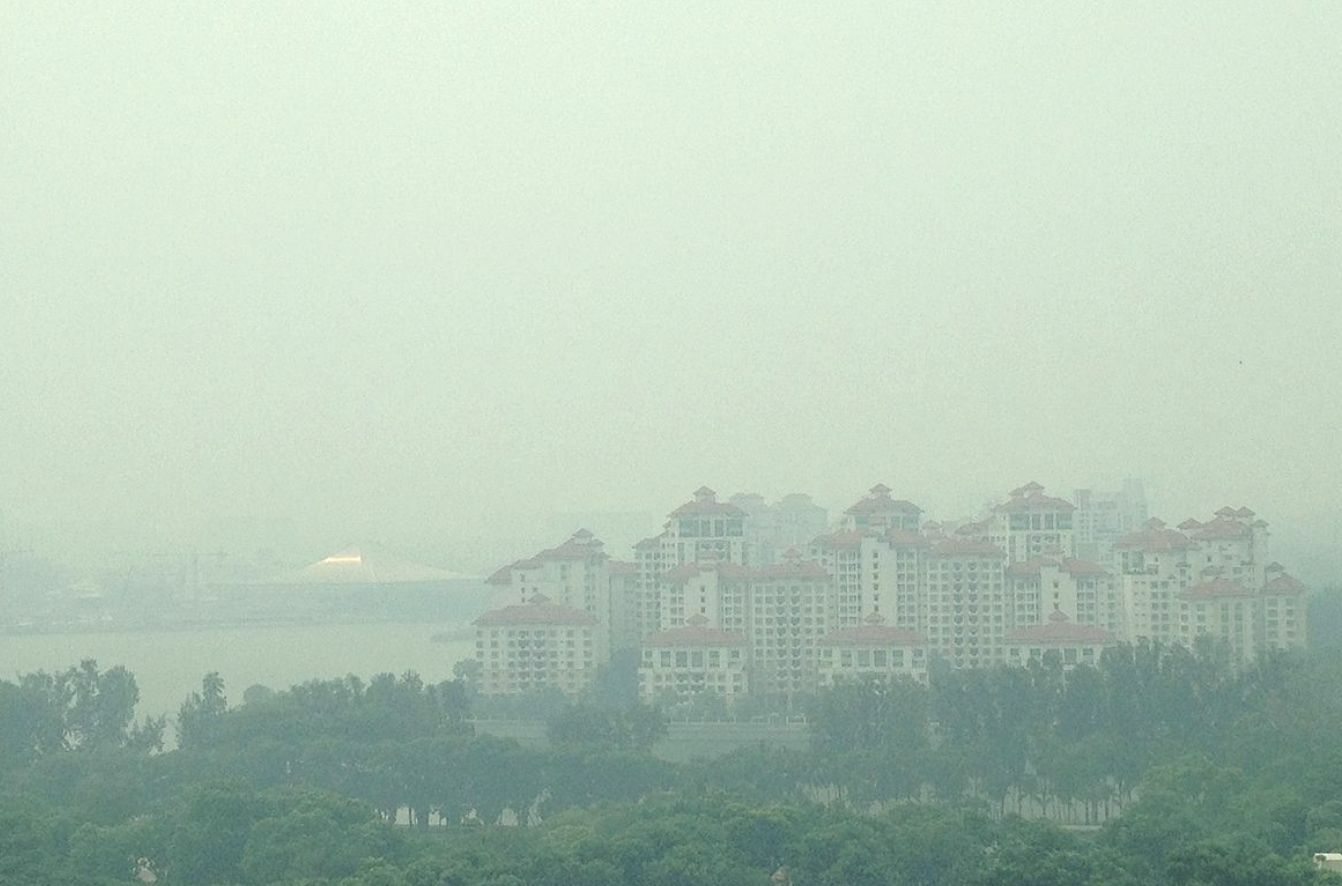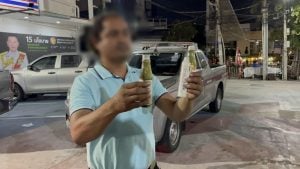El Nino set to return in 2023, raising haze risk for Singapore

Haze is expected to once again rear its ugly head in Southeast Asia. The Meteorological Service Singapore has forecasted that El Nino conditions are expected to develop in the second half of 2023, following three years of La Nina conditions. This comes seven years after the last strong El Nino event. The Met Service also predicts that a positive Indian Ocean Dipole (IOD) event will develop during the same period. “There is a 70% to 80% chance of an El Nino event occurring this year,” the Met Service said in an advisory.
El Nino and La Nina are climate patterns in the Pacific Ocean that can affect weather worldwide. Both phenomena are caused by, and contribute to, naturally occurring climate variability, according to the World Meteorological Organization (WMO).
During an El Nino event, Singapore can expect its rainfall to be affected significantly, Channel News Asia reported. “El Nino events tend to have the biggest influence on Singapore’s rainfall during the southwest monsoon season from June to September, with rainfall up to 45% below average,” the Met Service said.
Temperatures will also rise during such an event. “El Nino events also bring warmer temperatures to Singapore, with the warmest temperatures often occurring when El Nino events weaken typically in March to April the year following the start of the event,” the Met Service said.
An El Nino event and a positive IOD event could raise the intensity of the dry season and extend it into October, increasing the risk that haze will impact Singapore. “Drier and warmer conditions are conducive to the development of peatland and vegetation fires,” the Met Service said. “This will increase the risk of transboundary haze affecting Singapore if fires develop in close proximity and prevailing south-easterly to south-westerly winds blow smoke haze from the fires towards Singapore.”
On Monday, the meteorological centre of the Association of Southeast Asian Nations (ASEAN) also flagged a higher risk of escalated hotspot activity and transboundary haze in the southern ASEAN region from June to October. The ASEAN Specialised Meteorological Centre (ASMC) made this announcement as it issued Alert Level 1, indicating the start of the dry season associated with the Southwest Monsoon in the southern ASEAN region.
Minister for Sustainability and the Environment Grace Fu said in a Facebook post on Tuesday that the NEA has convened the Inter-Agency Haze Task Force to review and prepare Singapore’s responses in case of transboundary haze. “As a precaution, Singaporeans may wish to make preparations to protect your loved ones, such as by ensuring that you have an adequate supply of N95 face masks and your air purifiers are in good working condition.”
According to the Royal Meteorological Society, it is unclear what effect climate change is having on ENSO. “However, there is now some evidence that the effects of El Nino on rainfall may increase in the future and that we may even see more extreme ENSO events, but these remain active research questions.”
Latest Thailand News
Follow The Thaiger on Google News:


























